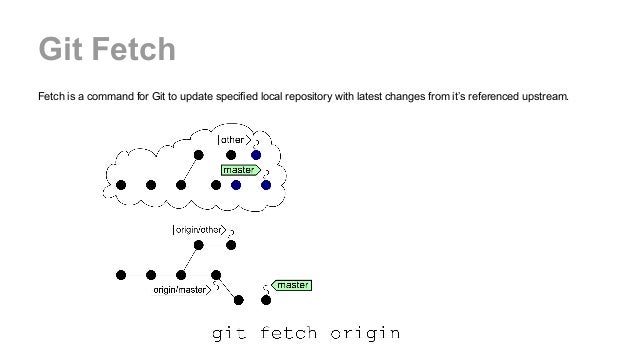

Scenario 3: working on two features at once Unfortunately, as you've already started working on my-feature, this involves the exact same steps as in the previous scenario. Unfortunately, it has a bug, and you need to fix it quickly. In this scenario, you've just finished a feature and pushed it out. This is a conceptually simple set of steps to follow, with the most painful step in my experience being 3-waiting for the IDE to finish doing what it needs to before you can be productive again-and the scenario probably happens rare enough that you don't worry about it too much.Īnecdotally, I've found IDEs get much less "confused" if you use their built-in support for switching git branches, instead of changing them from the command line and waiting for the IDE to "notice" the changes. Once you're done, it's time to switch back, goto 1. From here you can work as normal, commit any changes and push them to the other-feature. For big solutions, it can take a while for the IDE to notice all the changes, reparse the files, and do whatever it needs to do. I find this is often the most painful step, whether I'm using Visual Studio or Rider. Visual Studio, Rider), or you could use the command line git checkout other-feature, or git switch other-feature. Or you could create a "dummy" commit on your branch using git commit -m a "WIP" (which is my preference). You could use git stash -all to save the changes and any new files for all. You offer to checkout their branch to take a look, but that requires a number of steps: The first scenario is when you're working on a feature, coding away on your my-feature branch, when a colleague sends you a message asking to give them a hand with something on their branch other-feature. There are various scenarios I have encountered that require me to switch from one branch to another. Have you ever found yourself having to swap back and forth between different git branches, to work on two different features? Git makes this relatively easy to do, but it can still be a bit annoying and time consuming. Scenarios requiring frequent branch changes Finally I describe how git worktree allows you to check out multiple branches at once, so you can work on two branches simultaneously, without impacting each other. I then present some possible ways to avoid having to change branch. However, unlike with the default Preview behavior, you'd then keep the branch around instead of deleting it, so that you can push to it again in the future.In this post I describe some scenarios in which you need to change git branches frequently and why this can sometimes be annoying. Once you're happy with your changes, you would then merge the respective Preview Branch into your Production Branch.
#Git fetch specific branch update
Add Environment Variables that you'd like to use for your new Staging phase on your Vercel project like this.Īfterwards, you can push to the "staging" Git branch to update your Staging phase and it will automatically receive the Domain and Environment Variables you've defined.Add a Domain of your choice (like "") on your Vercel project and assign it to the "staging" Git branch like this.Create a Git branch called "staging" in your Git repository.For Domains, it can be done like this and for Environment Variables like this.įor example, you could create a phase called "Staging" where you can accumulate Preview changes before merging them onto Production by following these steps: If you'd like your changes to pass through multiple phases of previewing instead of just one, you can accomplish it like so:ĭomains and Environment Variables can both be assigned to specific Preview Branches on their individual settings pages. If the commit author gets accepted as a member of the Team, however, their most recent commit will resume to be deployed to Vercel automatically.Ĭommit authors will automatically be considered a part of the Team on Vercel if one of the existing members connected their Personal Account on Vercel with the Git account that created the commit.įor most use cases, the default Preview behavior mentioned above is enough. After that, the owners of the Team will be notified and can either accept or decline the membership request on the Members page in the Team Settings.ĭeclining the request will leave the commit undeployed. If the commit author is not a member, the Deployment will be prevented and a request to join the Team can be issued by the commit author. The membership is checked by finding the Personal Account associated with the commit author through comparing Login Connections, and then, if a Personal Account is found, checking if it is a member of the Team. In order to deploy commits under a Vercel Team, the commit author must be a member of the Team that contains the Vercel project that is connected to the Git repository.


 0 kommentar(er)
0 kommentar(er)
